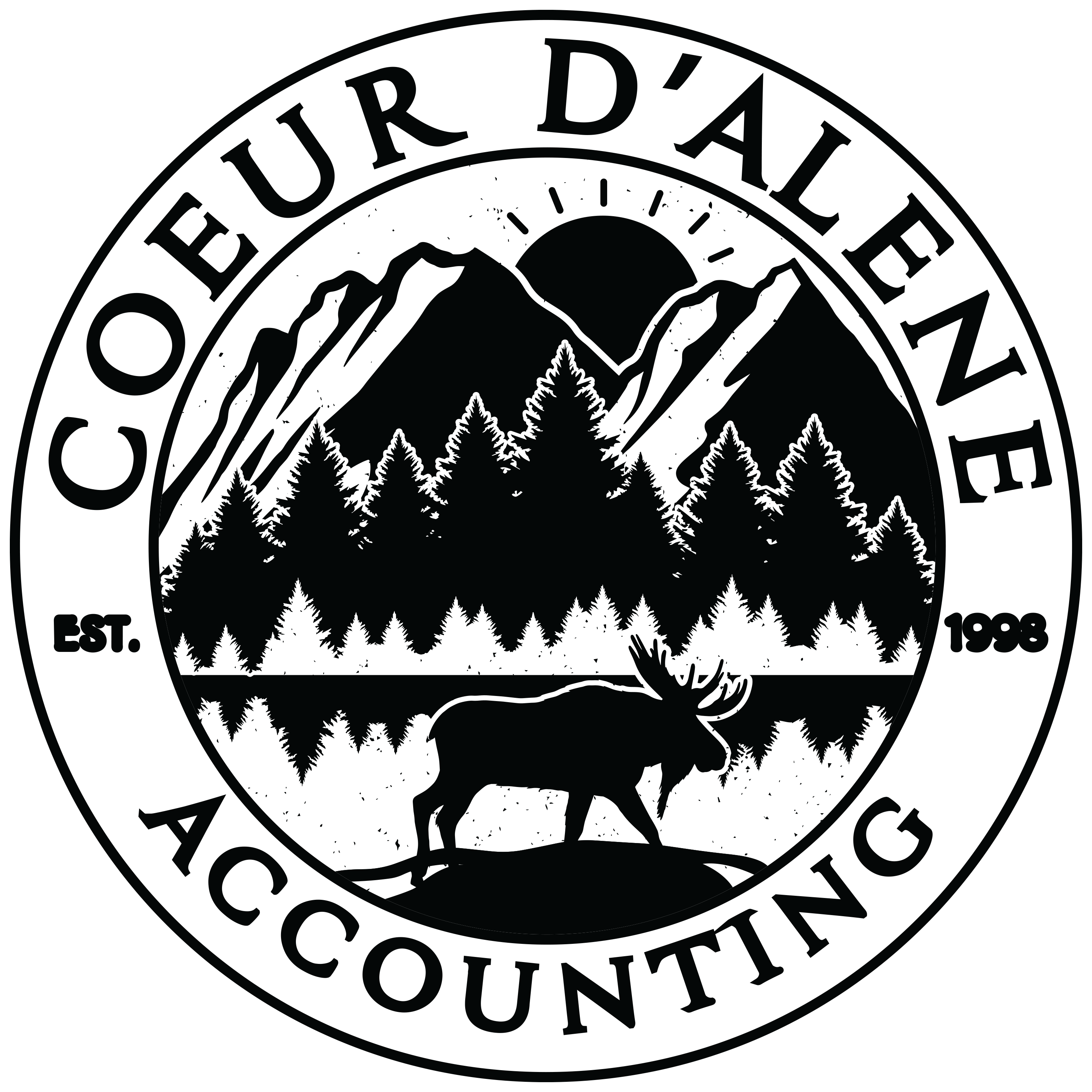Idaho Qualified dividend tax rates and ordinary dividend tax rates are two different categories. Here is how to know if your Idaho dividends qualify for the lowest tax rates and what it could mean to your wallet.
When you receive an Idaho dividend payment from an investment, it will fall into one of two categories for tax purposes:
- Qualified
- Ordinary
The tax rate on these two dividends.
categorization varies. Idaho Qualified dividends are the better of the two options, as they have lower Idaho tax rates, but not all dividends are eligible. What is Idaho qualified dividends? You ask. Well, Idaho qualified dividends are listed in box 1b of the IRS Form 1099-DIV you receive, and they must consist of one of the two criteria listed below:
- They must be issued by a U.S. corporation, or by a foreign corporation that readily trades on a major U.S. exchange, or by a corporation incorporated in a U.S. possession.
- You must have owned the shares for more than 60 days of the “holding period” — which is defined as the 121-day period that begins 60 days before the Idaho ex-dividend rate, or the day on which the stock trades without the dividend priced in.
For example, if an Idaho stock’s ex-dividend date is Oct. 1, then the shares must be held for more than 60 days in the period between Aug. 2 and Nov. 30 of that year in order to count as an Idaho qualified dividend.
And some types of Idaho dividends are automatically excluded from being qualified dividends, even if they meet the other requirements.
These include (but are not limited to)
- Idaho Capital gains distributions
- Idaho Dividends on bank deposits
- Dividends held by an Idaho corporation in an Employee Stock Ownership Plan (ESOP)
- Dividends paid by an Idaho tax-exempt corporation
Idaho Tax implications
The difference between Idaho qualified and ordinary dividends is quite can be very large when it comes time to pay your taxes. Unsurprisingly, Idaho ordinary dividends are taxed as ordinary income, while Idaho qualified dividends are taxed at a lower rate.
| Ordinary income tax rate | Qualified dividend tax rate |
| 10% | 0% |
| 15% | 0% |
| 25% | 15% |
| 28% | 15% |
| 33% | 15% |
| 35% | 15% |
| 39.6% | 20% |
Note: There is an additional 3.8% Net Investment Income Tax (NIIT) for investors whose modified adjusted gross income exceeds $200,000 ($250,000 for married taxpayers filing jointly).
For more on dividend tax rates, check out this article.
The beauty of Idaho qualified dividends
Consider this:
An investor in the 28% tax bracket who owns $500,000 worth of dividend stocks, with an average yield of 4% per year. This investor receives $20,000 in annual income from Idaho dividends.
If those dividends were counted as ordinary Idaho income, this investor would get hit with a $5,600 tax bill, dropping the dividend income to $14,400. However, if these dividends met the definition of “qualified,” the tax bill would be reduced to $3,000.
The special rules for Idaho qualified dividends mean an extra $2,600 in this investor’s pocket. More importantly, for long-term investors, this means that more of your Idaho dividend income stays in your portfolio to generate more gains in the future.


Recent Comments